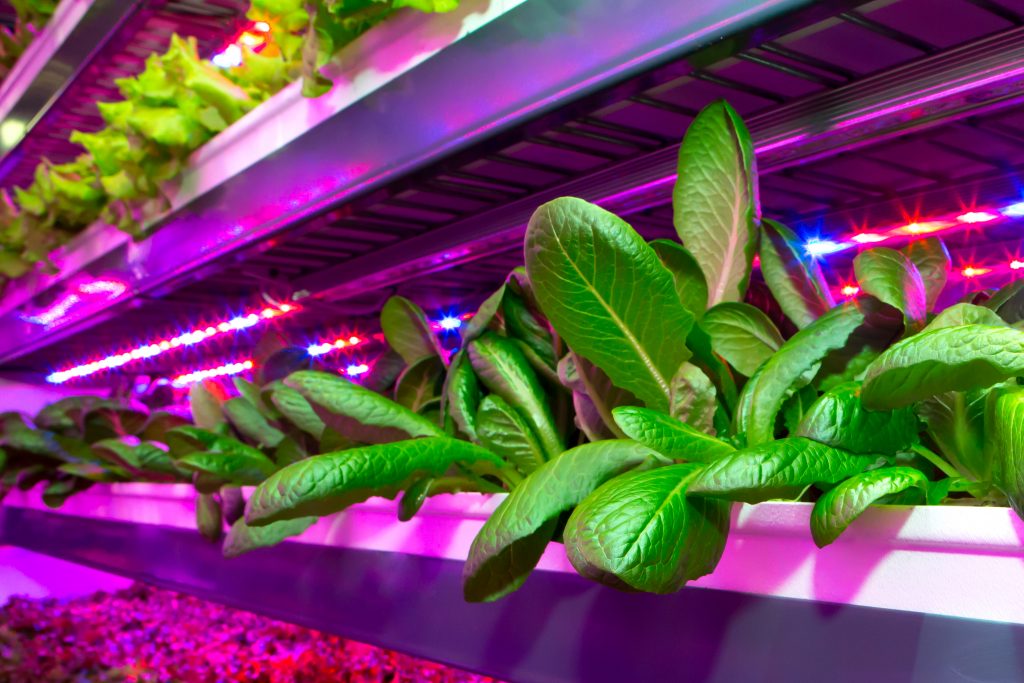
By 2050 there will be two billion more people to feed, as the global population is expected to soar to nine billion. Agriculture creates some of the most significant environmental challenges we face: it’s among the greatest contributors to global warming, it requires a massive water supply, its runoff is a major source of pollution and it negatively impacts biodiversity by requiring ever-increasing plots of lands. With billions more to feed, these impacts dramatically rise.
How can we increase the food supply without overwhelming the planet?
Environmental concerns and global population growth are fueling bold designs that blend nature with architecture – a growing field known as agritecture that combines crop science, architecture and agriculture to grow foods indoors. Entrepreneurs, crop scientists and data analysts are reinventing how food is being produced, people fed, land used and supply chains managed.
Growing crops indoors allows certain foods to be grown free of pests, using very little water, with nutrients applied in precise quantities to produce specialty foods packed with flavor. A vertical farm can grow more produce per acre than traditional dirt farming. And by growing food near urban centers, agritecture shortens long distribution chains, so food arrives on tables faster and fresher, reducing food waste and carbon emissions produced by transportation.
The value of the vertical farming market is significant: it’s projected to be US$5.8 billion (€5.16 billion) by 2022, a 24.8% compound growth rate since 2016.
Indoor farming has captured the imaginations of architects, engineers, scientists, urban planners and entrepreneurs. But whether agritecture can make a substantial contribution to the world’s food supply remains an open question. While they wait for an answer, operators are experimenting with production scale and cultivation methods, looking for the perfect formula. For now, what grows indoors is limited; protein-rich foods are conspicuously absent, although researchers continue to work on new food types.
Read more about this trend in the latest issue of Compass, including examples from across the world of emerging vertical farming facilities and a look at the challenges to this promising, but complex, solution to our global food needs.

